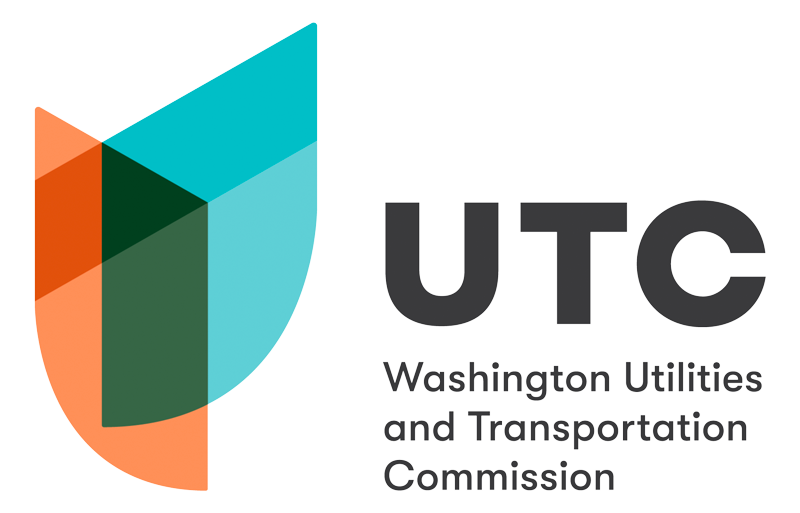Regulated electric utilities must file reliability reports at least once a year. The report must identify the total number of customer complaints about reliability and power quality made to the utility during the year, and must distinguish between complaints about sustained interruptions and power quality. The report must also identify complaints that were made about major events.
Washington's three investor-owned electric companies use two main metrics, SAIDI and SAIFI, to describe the reliability of the service they provide. SAIDI, the System Average Interruption Duration Index, describes the average length of an outage in minutes. SAIFI, the System Average Interruption Frequency Index, describes the average number of outages a customer experiences.
The following data comes from annual reports filed by each regulated utility.
SAIDI IEEE
|
2011 |
2012 |
2013 |
2014 |
2015 |
2016 |
2017 |
2018 |
2019 |
2020 |
2021 | 2022 | |
|---|---|---|---|---|---|---|---|---|---|---|---|---|
|
2011 |
2012 138 |
2013 |
2014 |
2015 |
2016 |
2017 |
2018 |
2019 |
2020 129 |
2021 164 | 2022 146 | |
|
2011 |
2012 100 |
2013 |
2014 |
2015 |
2016 |
2017 |
2018 |
2019 106 |
2020 113 |
2021 98 | 2022 95 | |
|
2011 |
2012 |
2013 |
2014 |
2015 |
2016 |
2017 |
2018 |
2019 136 |
2020 |
2021 207 | 2022 196 |
SAIFI IEEE
|
2011 |
2012 |
2013 |
2014 |
2015 |
2016 |
2017 |
2018 |
2019 |
2020 |
2021 | 2022 | |
|---|---|---|---|---|---|---|---|---|---|---|---|---|
| 0.87 | 1.24 | .92 | ||||||||||
| 0.93 | 0.94 | .86 | .78 | |||||||||
|
0.83 |
0.96 | 1.06 | 1.26 | 1.09 |
Staff Inquiry into Reliability Reporting
In 2015, the Commission opened an investigation under Docket U-151958 to investigate the validity of an econometric approach to benchmarking reliability performance. During the course of this review, electric utilities continued to submit annual reliability reports pursuant to WAC 480-100-398. After reviewing the 2017 reliability reports, Staff identified significant inconsistencies in the types of information utilities were reporting as well as categories of information included in the reports that were largely unrelated to reliability. Staff initiated a broader review of reliability reporting with the goal of assessing the need for improving the usefulness of content of the reports and eliminating certain content unrelated to reliability. A team comprised of the Commission's regulatory services, policy, and consumer protection sections were assembled to undertake this assessment. The team's objectives were to:
- Gain a better understanding of the context in which the content of the reliability reports originated and continues to evolve;
- Discuss possible content improvements to the annual reliability reports in an effort to provide stakeholders with useful reliability information; and,
- Develop a briefing on staff's findings and recommendations.
Due to the fact that reliability performance benchmarks are typically provided in annual reliability reports, the broader reliability reporting inquiry included an additional layer of review of reliability benchmarking methods and the value of those benchmarks. Therefore, Staff's recommendations with regard to econometric benchmarking, and reliability benchmarking more generally, were informed by both the efforts in Docket U-151958 and the reliability reporting inquiry. The results of that inquiry, as well as Staff's investigation in Docket U-151958, were presented to the Commission at the regularly scheduled open meeting on January 10, 2019.
